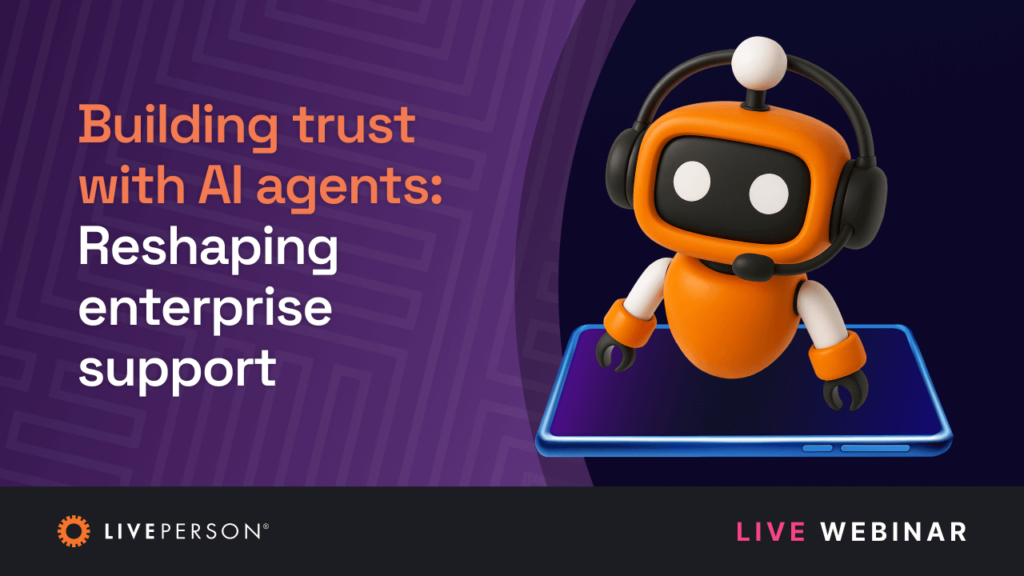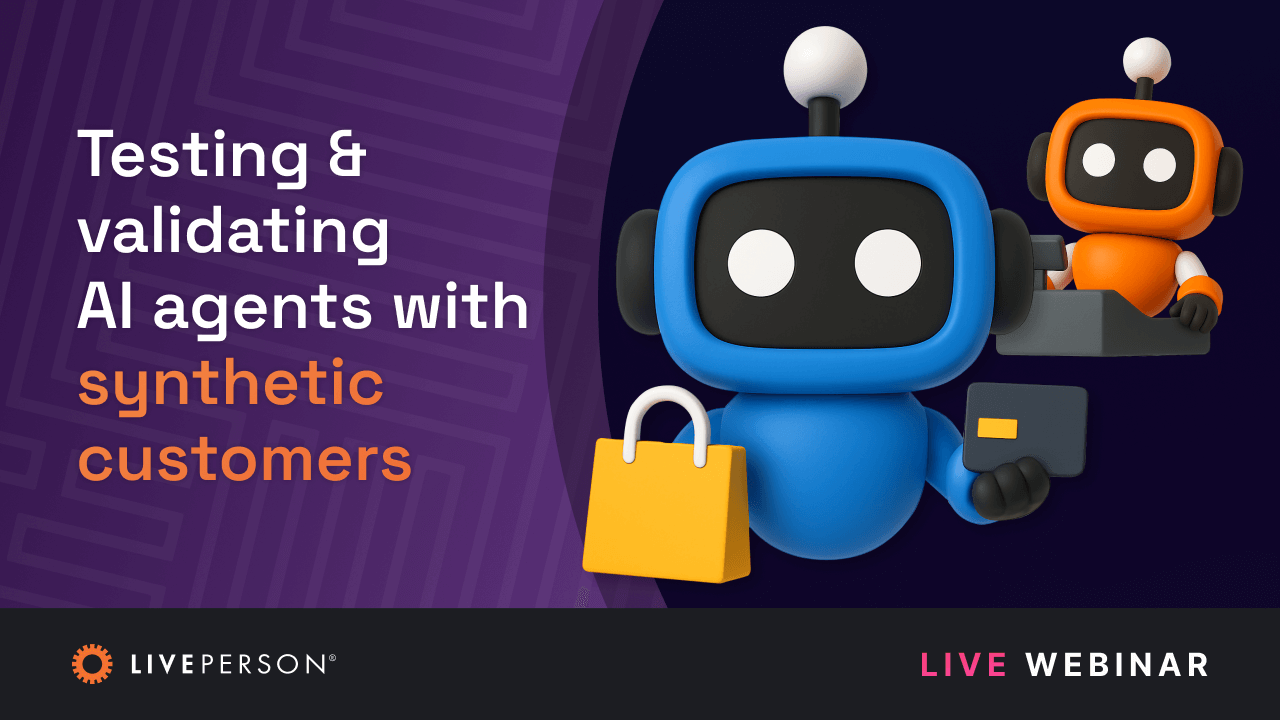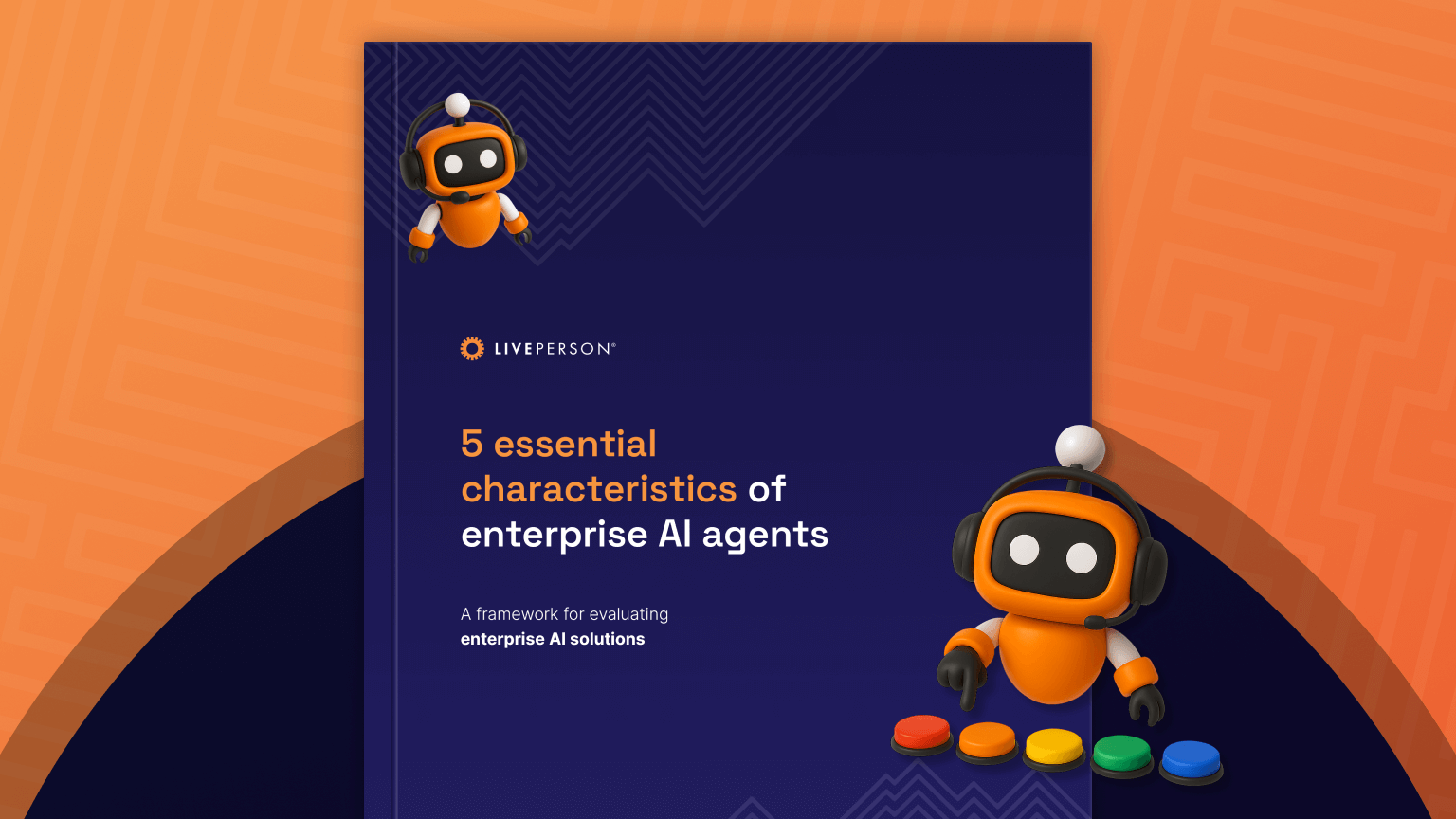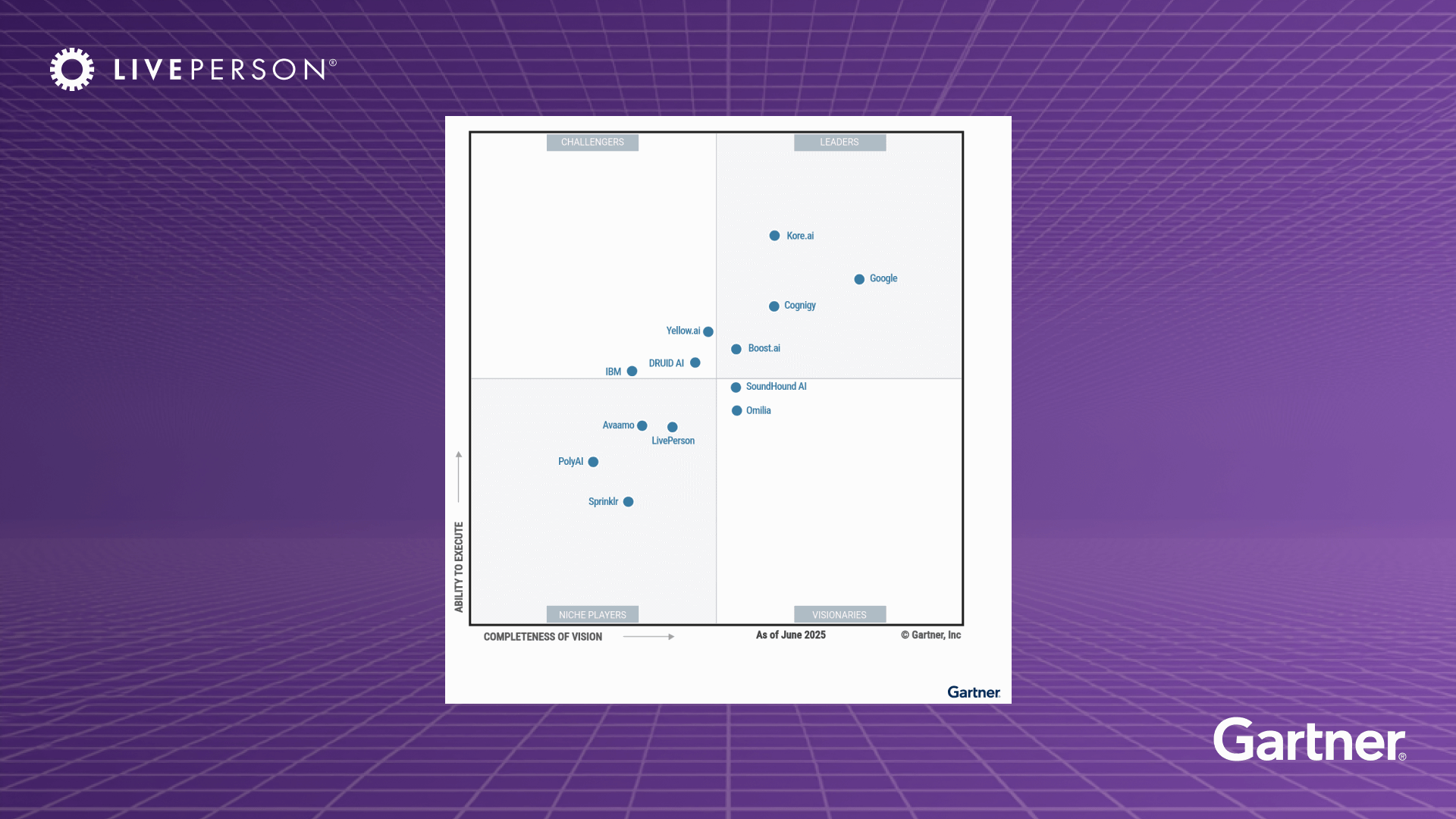article
Beyond chatbots: How AI in customer service transforms support operations
August 05, 2025 • 9 minutes
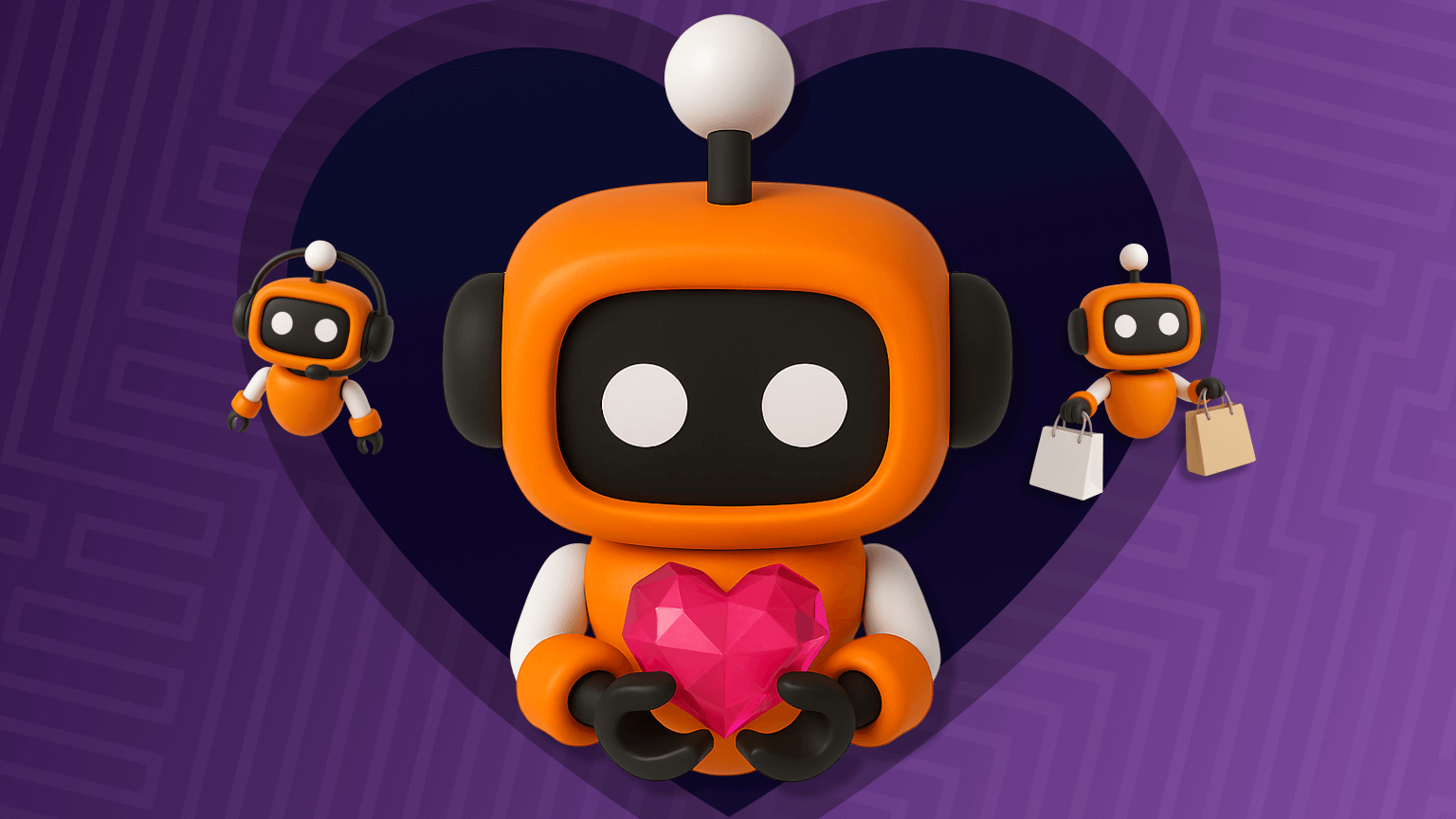
Customer support expectations are higher than ever. They want instant, 24/7 assistance that is also personalized and empathetic. Yet many customer service teams struggle to meet this demand at scale. This has created a paradox: Customers expect quick self-service and problem-solving, but they also desire the accuracy, trust, and friendliness of a human agent.
Early generations of chatbots weren’t up to the task. Their rigid scripts often led to frustrating, mechanical interactions that failed to resolve customer requests and left people frustrated.
Today, advances in customer service AI (and AI in general) are bridging this gap. AI-powered chatbots are becoming smarter, more conversational, and more capable of handling complex customer needs. That’s made modern conversational AI essential for businesses — powering revenue growth, delivering 24/7 service, improving agent efficiency, personalizing customer experiences, and reducing costs.
Below, we explore how AI chatbots (and the emerging “agentic AI” trend) are transforming customer service operations, the benefits for businesses and customers, and why the future of customer care is a collaboration between AI and human agents.
AI in customer service: From basic chatbots to intelligent AI agents
Traditional chatbots followed simple decision trees or keyword triggers, which severely limited their ability to handle anything beyond FAQs. But today’s AI tools represent a new era, accelerated by the rise of generative AI in customer service — moving from basic customer service chatbots to intelligent AI agents that can truly engage with customers.
Using cutting-edge generative AI tools and large language models, these AI agents provide always-on, instant support that is fluid and human-like. They don’t just spit out pre-written answers. They can understand context, “think” through a customer’s question, and even solve multi-step problems autonomously.
These modern AI agents adapt and learn. Rather than rigidly sticking to scripts, they analyze customer data and past interactions to continuously improve and personalize responses. This transitions AI in customer service from static Q&A usage to dynamic, intelligent dialogues that mirror human interaction. Crucially, these AI agents know when to hand off to a human colleague or another bot if a customer query is best handled elsewhere, ensuring seamless integration between agents, systems, and channels.
Businesses at the forefront — including LivePerson — have pioneered these advanced AI agents to go beyond simple automation and deliver effective, trusted, and pleasant experiences that address customer intent 24/7.
Benefits of AI-powered tools and chatbots for businesses
AI-powered chatbots aren’t just a flashy innovation — they’re delivering concrete benefits for businesses, enterprise decision-makers, and customer service leaders:
- Greater efficiency and cost savings: Chatbots excel at automating low-level, repetitive tasks that would otherwise tie up your support agents. AI agent assist tools boost team productivity even further, and both reduce workload and operational costs. For example, Betcris (a global betting company) saw a 10% increase in conversations handled by AI after adopting conversational chatbots, with 30–35% of customer inquiries now fully resolved by automation — and they’re aiming for 50%.
- 24/7 availability and scalability: Unlike humans, AI chatbots and agents don’t sleep. They provide customer support around the clock, ensuring customers get help anytime, anywhere. This 24/7 availability captures opportunities that might be missed after hours and leads to higher customer satisfaction.
- Increased revenue and ROI: Beyond customer service efficiency, AI agents and bots can directly drive new revenue. By guiding customers to purchases or upsells in conversational flows, bots turn service channels into sales opportunities.
- Improved agent productivity and satisfaction: AI chatbots and other tools don’t replace human agents — they empower them to work smarter. By handling repetitive FAQs and initial triage, bots allow human agents to focus on more complex, sensitive, or high-value customer interactions. This makes agents’ jobs more engaging and less stressful.
- Data insights and personalization: Every customer chat with an AI bot generates useful data — common questions, customer sentiments, purchasing signals, etc. Businesses can analyze these interactions to gain insights and continuously improve customer service, products, or other services. AI chatbots and agents can also integrate with CRM and backend systems to pull in customer context (order history, preferences), enabling a more personalized experience.
Benefits of AI-powered service strategies for customers
Equally important, customers benefit greatly from the rise of AI in customer service. Many of the business benefits listed above are mirrored by a better customer experience. Here are some of the key benefits that AI delivers to customers:
- Instant, on-demand service: Perhaps the most obvious win for customers are the enhanced self-service options. No more waiting! AI agents or chatbots respond within seconds, at any hour of the day. There’s no sitting on hold or waiting for an email reply. Customers can get issues resolved when it’s convenient for them, be it midnight or a holiday.
- Consistent and accurate answers: A well-trained AI chatbot offers a level of consistency that humans sometimes lack. Customers receive reliable information no matter when they ask, because the AI pulls from a vetted knowledge base and follows defined guidelines. This reduces the chance of getting a wrong or conflicting answer (agent-facing automations help here, too). Moreover, AI can often resolve questions on the first try.
- Personalized support at scale: AI chatbots are increasingly able to personalize interactions so customers don’t feel like just a number. By leveraging customer data (purchase history, past conversations, preferences), an AI agent or bot can tailor its responses or recommendations to the individual. This might mean greeting the customer by name, knowing their product model and warranty status, or suggesting relevant solutions based on their history.
- Seamless escalation for service quality: Customer service chatbots shouldn’t be a dead-end for customers. The best deployments work in harmony with human agents. If a query is too complex or sensitive, the bot can smoothly escalate the conversation to a live agent — often transferring the chat along with context so the customer doesn’t have to repeat information. For the customer, this is a seamless extension of the service rather than a hand-off.
- New levels of convenience: AI agents and chatbots are enabling service conveniences that simply weren’t possible before. Because they can integrate into messaging apps, websites, and even voice assistants, customers can get help where they already are, without changing channels. Additionally, bots can handle end-to-end service transactions that save time.
Will AI replace customer service teams?
With AI handling more of the workload, a common question arises: Will AI replace customer service representatives? In truth, AI is changing the nature of customer service jobs, but it’s not eliminating them. The future of customer care is not humans or AI — it’s humans and AI working together in complementary roles.
As we’ve seen, AI chatbots and agents shine at certain tasks: instant responses, data lookup, routine process automation, etc. Human agents excel at understanding nuance, showing empathy, and handling complex or sensitive situations. The ideal setup combines these strengths.
A telling insight comes from Virgin Media O2’s experience: “Bots are designed for accuracy and speed; humans are masters of empathy and instinct — neither can replace the other. Together they generate synergy that ultimately drives unmatched business outcomes, CSAT, and agent job satisfaction.”
AI takes care of the grunt work and quick answers, while humans focus on high-value conversations that build relationships or require creative problem-solving.
Case Study: All-in on AI customer service
At Betcris, employees initially feared that introducing AI chatbots meant cutting jobs. But after working with the bots, the agents discovered that the opposite was true — the AI wasn’t there to replace them, but to make their lives easier.
The chatbots handled the simpler, repetitive chats, letting agents focus on tougher issues. The results were better efficiency and higher team morale, plus a willingness among agents to proactively collaborate with the automation team to further improve the AI. In other words, agents became enthusiastic about AI once they understood how it helped them.
Customers also prefer a mix of AI and human support, enjoying the speed of self-service while still having the ability to reach a human for complicated problems or emotional situations. Surveys show that a large majority of customers are most satisfied when AI efficiency is paired with human empathy. AI can even help make human interactions better by collecting initial info and context, so when a human agent joins, they are fully informed and can immediately help the customer at a deeper level.
In summary, AI will not replace customer service agents wholesale — but agents who use AI will likely replace those who do not. Embracing AI tools is becoming a baseline skill for the customer service profession, shifting agents into more supervisory, specialized, and relationship-focused positions. The simpler questions might be solved by AI, but there will always be a need for skilled humans to manage exceptions, handle escalations, and design the customer journey. The companies that find the right human-AI balance are already reaping the rewards in efficiency and customer satisfaction.
Embracing the future of customer care with agentic AI
AI-powered bots are only the beginning. Enterprises are gearing up for the age of agentic AI, where multiple AI agents and automation tools can work in concert to deliver even more sophisticated customer service. In an agentic AI framework, you might have a whole orchestra of AI agents — one handling billing inquiries, another troubleshooting technical issues, another making product recommendations — all coordinated behind the scenes. These enterprise AI agents will be able to take actions on behalf of customers (with proper guardrails), not just chat. For example, an agentic AI system could diagnose a problem, create a support ticket, schedule a technician, and confirm with the customer, all autonomously.
Industry analysts at Forrester Research have highlighted agentic AI as the next big step, arguing that building these autonomous AI systems is critical for enterprises to stay competitive. Businesses that develop an agentic AI strategy now will be able to handle customer service processes with minimal human intervention, unlocking new levels of speed and efficiency. Some research predicts that by the late 2020s, a significant majority of customer interactions could be handled start-to-finish by AI agents, especially for routine support scenarios.
For customer service professionals, embracing this future means focusing on training AI and managing AI-driven workflows, in addition to traditional people management. It’s a shift toward being “AI conductors,” ensuring all the bots and systems are working in harmony to support customers. Forward-thinking brands are already moving in this direction. Their success with AI-driven conversational customer service shows how early adopters can set themselves apart.
Ultimately, the future of customer care will be defined by those organizations that effectively combine human empathy, AI, and a cohesive strategy. Generative AI and agentic AI will continue to push the envelope of what customer service teams can achieve. But technology alone isn’t a silver bullet — it requires a customer-centric approach and ongoing refinement. With that said, the trajectory is clear: Routine inquiries will be largely handled by increasingly capable AI, and customer service teams will evolve to tackle higher-level challenges and nurture customer relationships.


